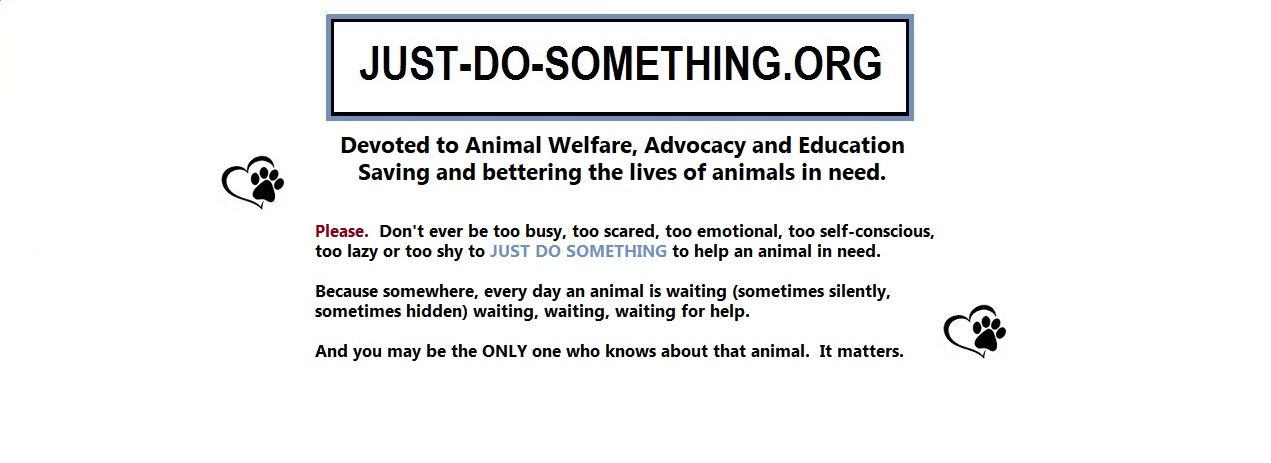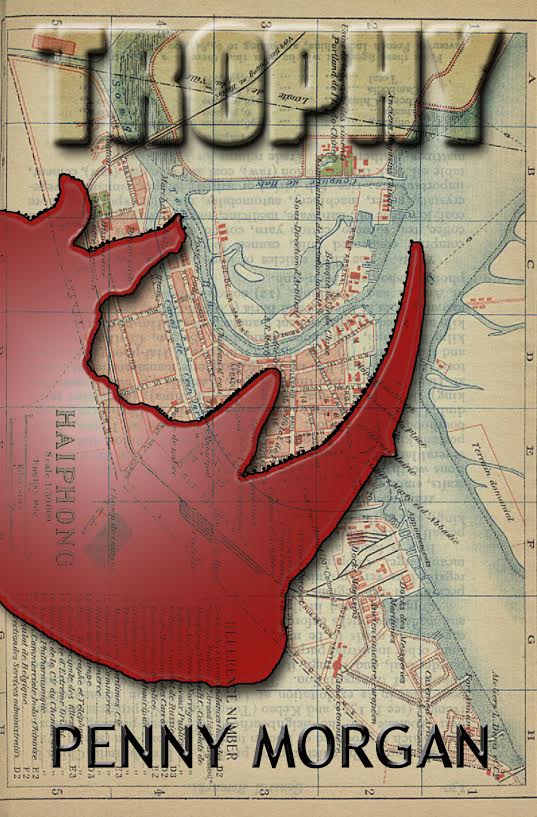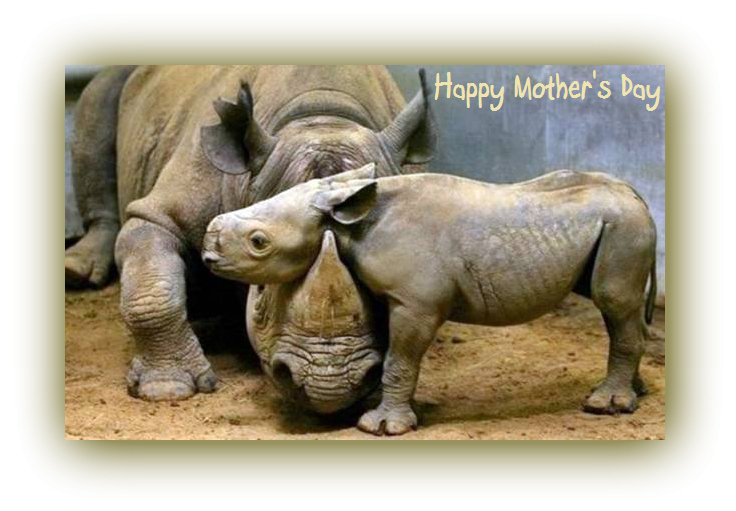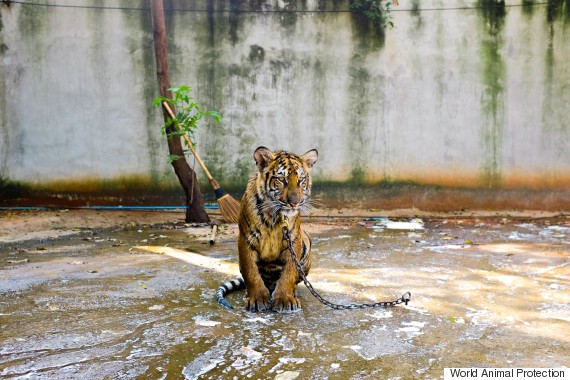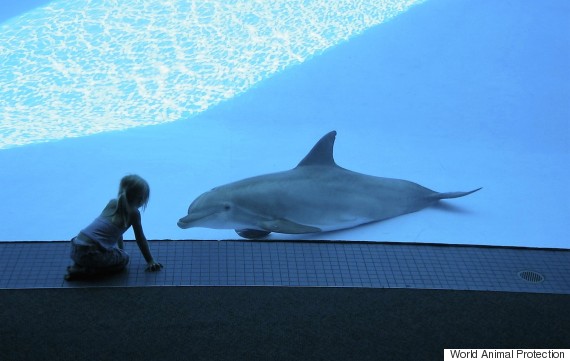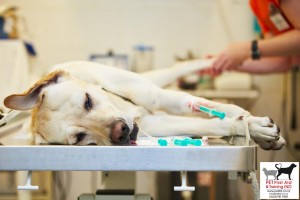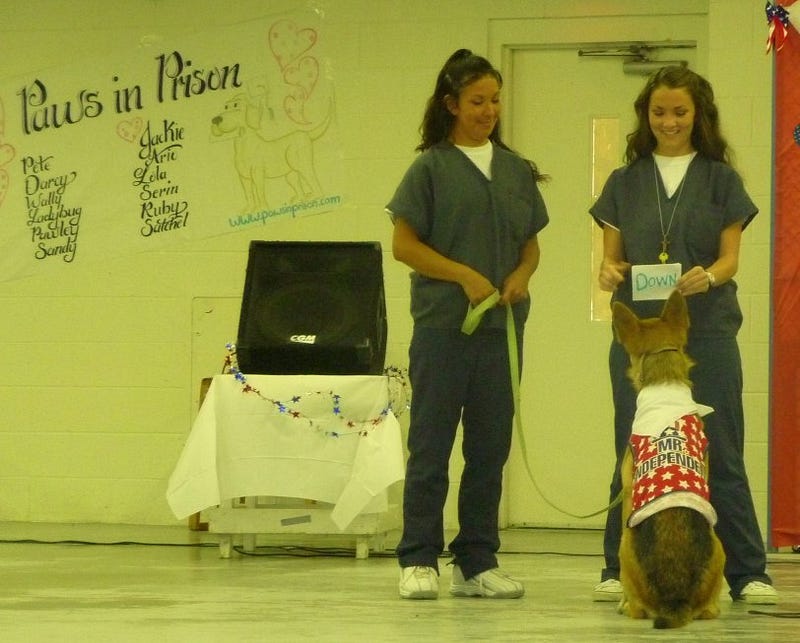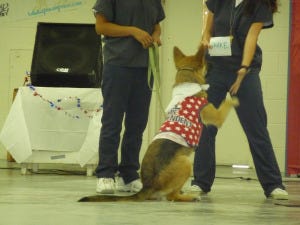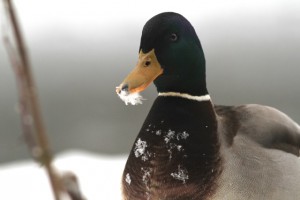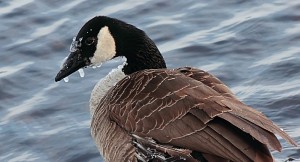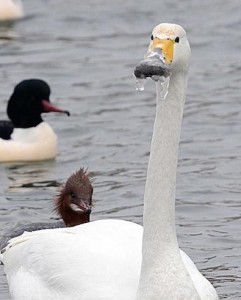The Truth About Cats And Dogs – In Warm Weather (petpav.com)
Remember, in ANY kind of weather, if YOU see something, JUST DO SOMETHING. Now’s the time to keep your eyes open for animals locked in hot cars, left outside without shade or water, and/or being dragged around at social events without a water source present.
PREVENTING HEAT STROKE IN DOGS:
Warm weather is here and it’s important to remember that dogs, like humans, can get heat stroke. After all, dogs wear a fur coat all day long so think of how hot they can get and fast! As dogs can’t speak for themselves and pant even when they are just mildly thirsty, there are some signs to look out for to make sure your dogs are not overheated.
Dogs don’t sweat like we do and their inner temperatures rise and fast!
Dogs don’t sweat in the same way that we humans do and the only sweat glands that they have are on the pads of their feet. Dogs pant to cool themselves off and have an inner mechanism that helps them cool their skin. But, if the air around them is hotter than their internal system heatstroke can occur.
Some signs to recognize your dog is overheated
There are some signs to recognize that your dog is becoming overheated including: whining, fidgeting, and excessive panting, increased salivation, bright red tongue or gums, depression, weakness, dizziness, vomiting, and/or diarrhea.
If you think your dog has heat stroke, cool him off and take him to your veterinarian immediately
If you think your dog might have heatstroke, take him to your vet or the emergency room. On your way, try to cool your dog off. Run water over his or her body before and/or place some cold towels on the pads of your dog’s feet. A cool towel all over your pup’s body will help reduce his temperature as well while in route. Your vet or doctor will then take the necessary steps to ensure dog does not have heatstroke.
Below are some ways to prevent heat stroke during the hot summer months:
Take your dogs on walks in the early morning or evening
Make sure that you take your dogs out early in the morning or at night when it is cooler out. Always bring water along with you and if your dog starts to walk really slowly or pants excessively, it is time to stop, give him some water and bring your overheated dog home.
Try to keep your dog indoors during the hot summer months
If you can leave your dog inside during the summer months, that is preferable. If you have to leave your dog outside, make sure that your dog has plenty of cool fresh water to drink and plenty of shade. A shaded umbrella, small wading pool, or a place that has shade and shelter is a necessity if your dog is left outside.
Never, ever leave your dog in the car, not even for five minutes!
Most of us know that that leaving a dog in a car, even with the windows rolled down while you run into a store for something can be fatal. The inside car temperature can jump quickly on warm days as well as overcast days due to the concentration of UV rays penetrating the car’s windows.
If you keep your dog out of the heat during the really hot times of day, keep him or her hydrated, you should have no problem during the hot summer months. This is the best way to prevent heatstroke for your dog.
HOW CAN YOU TELL IF YOUR CAT IS OVERHEATED:
Remember during the hot summer months, it is especially important to keep plenty of cold water out at all times. If you can leave your air conditioning on when you aren’t home, it can really help your cats stay cool.
Below are some normal behavioral patterns during the hot summer months:
- Don’t be surprised if your kitty is grooming more than usual. It is their way of cooling themselves off by reaping moisture from their saliva to their fur.
- Cats have their sweat glands on their paws. If your cat is leaving wet paw prints, he or she is sweating. Try cooling your cat down by dipping its paws in water or even with a damp, cool towel.
- Don’t worry if your cat starts panting. Cats pant more rarely than dogs, but your kitty is simply taking in cooler air if he or she is particularly hot. Heavy panting could be cause for concern, however, and you should call your vet.
Learn how to check to see if your cat is dehydrated
You can check for dehydration several ways: roll your kitty’s bottom eyelid down. You should see moisture pool up in the lower lid. No moisture, kitty needs a trip to your veterinarian a.s.a.p.
Check your cat’s mouth by pressing your finger lightly against her gums (which should be pink and happy). If they stay pale, or appear streaked or white, call your vet for an immediate appointment.
While your cat is resting, gently pick your kitty up the scruff of her neck, without lifting her body. Pinch the scruff lightly, release. The skin should fold down within seconds. If it remains in a pinched position- call your vet!
Monitor your cat for symptoms of heatstroke
Heatstroke is a real medical emergency. If you think your cat has heatstroke you must act quickly. Move your cat to a cool place and immediately contact your veterinarian. Symptoms of heatstroke include:
Heavy panting, drooling, red tongue and lips, dullness, weakness, convulsions, and/or vomiting.
If any of those symptoms occur, make sure to cool of your kitty with a wet towel all over her body including the groin area and then get your kitty to your veterinarian.
If you keep in mind that our kitties are like us, humans, when it gets hot out: they need plenty of water, a cool place to hang out, and need to be watched for symptoms of anything different or unusual that might need immediate care.
– PetPav
Connect with PetPav: Twitter, Facebook, Pinterest, Google +, and Instagram!
